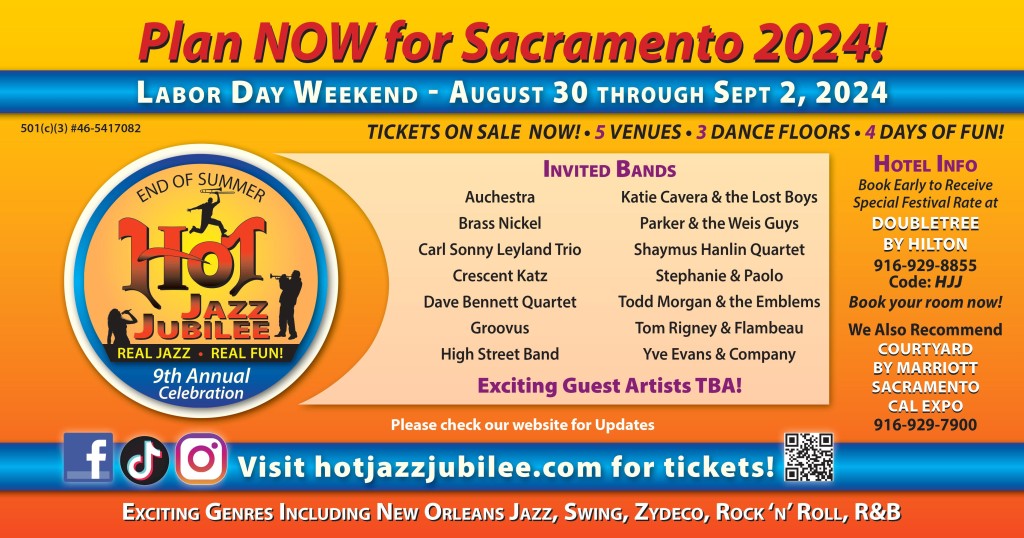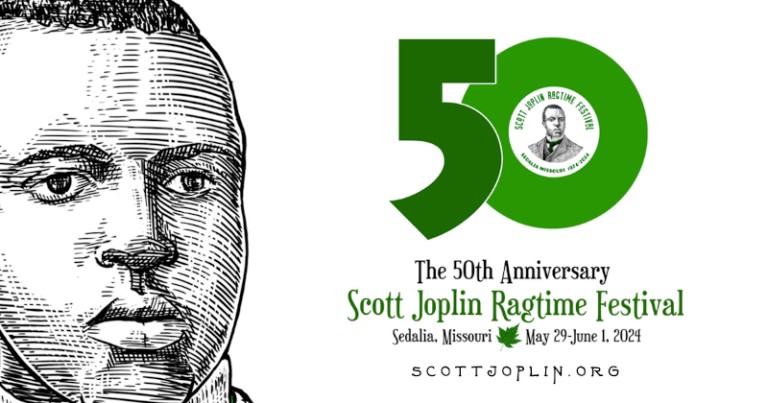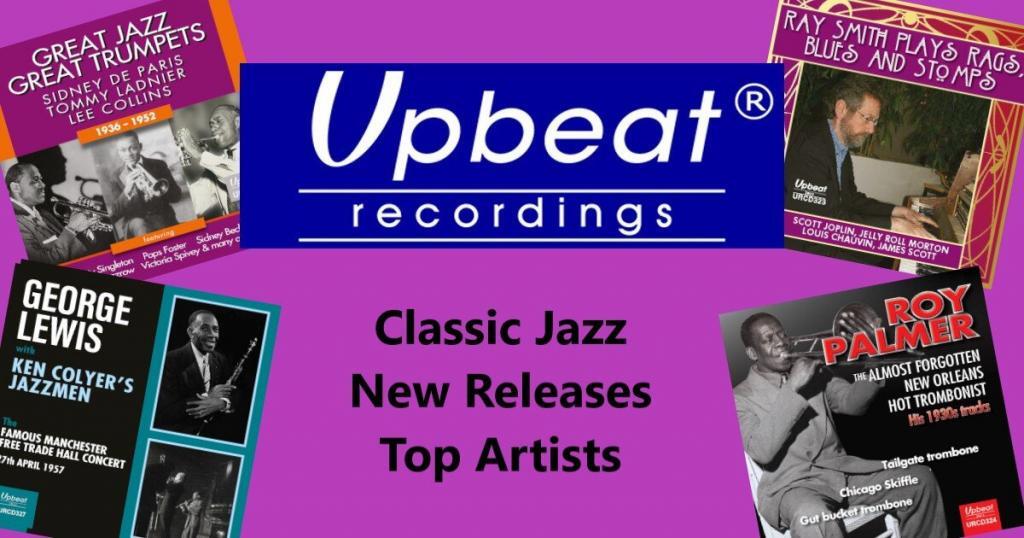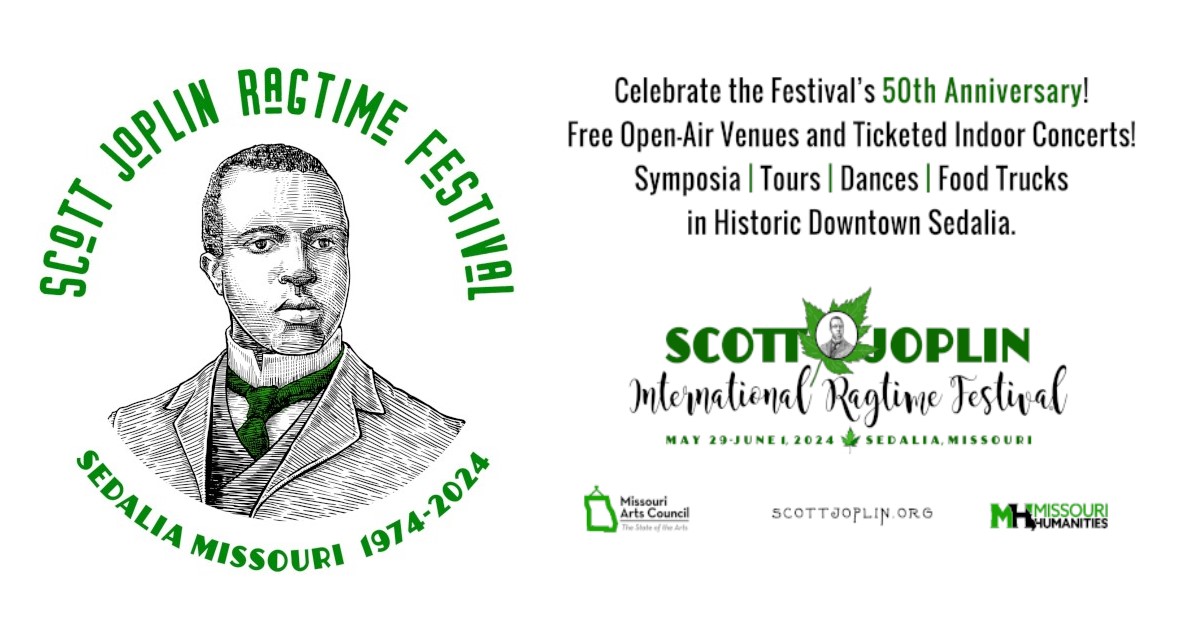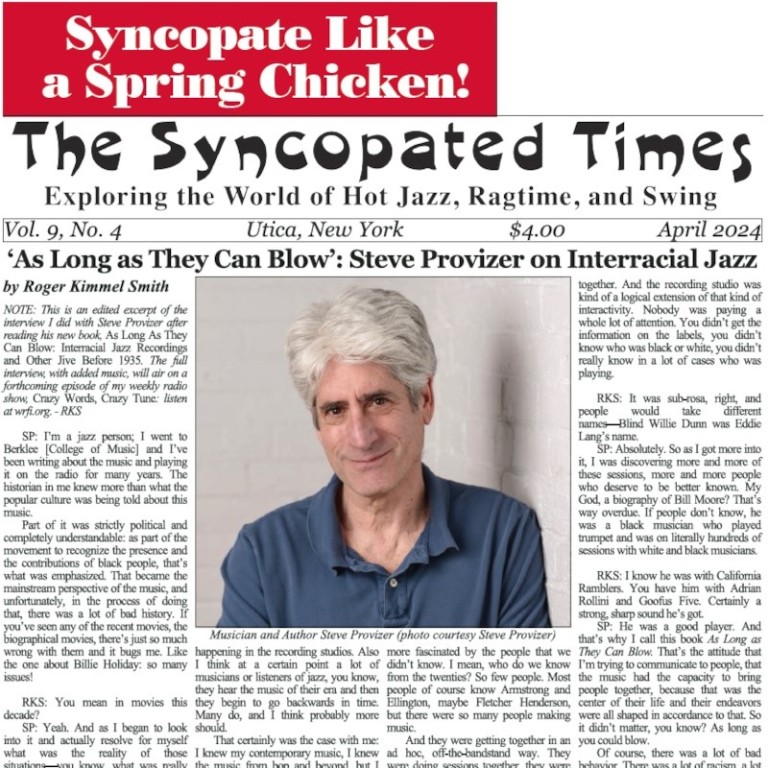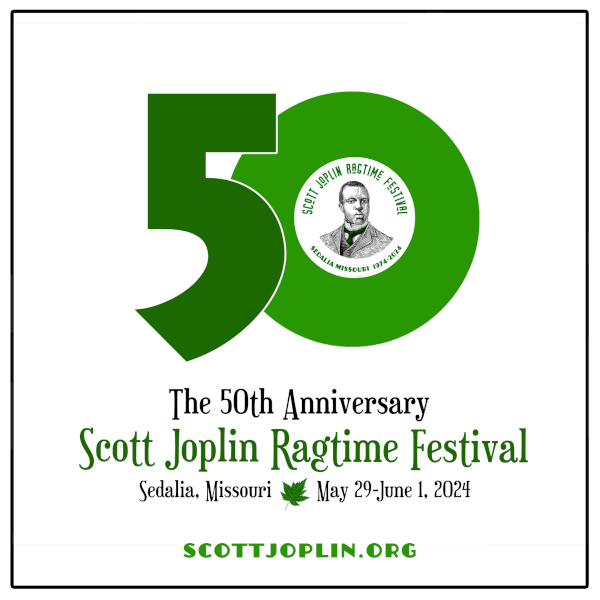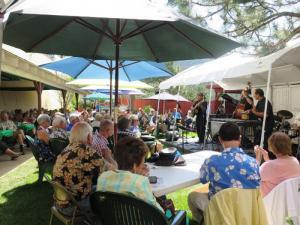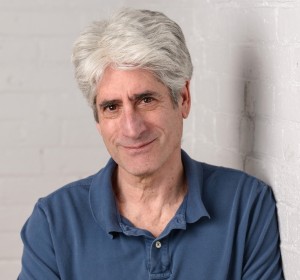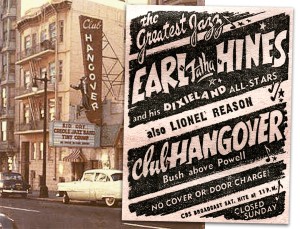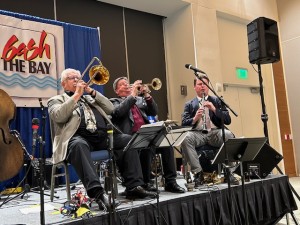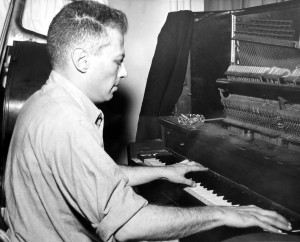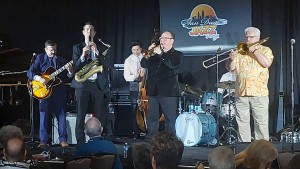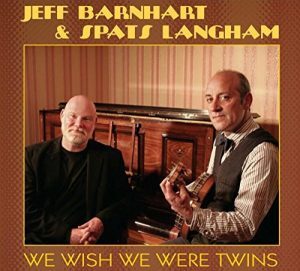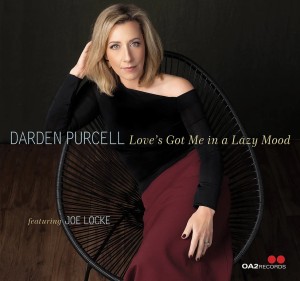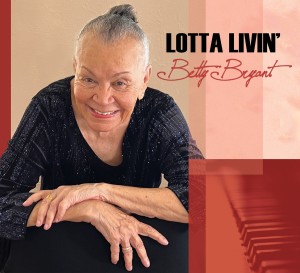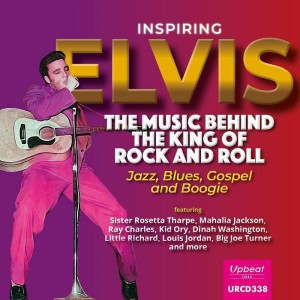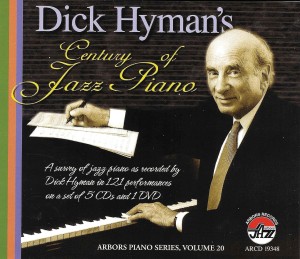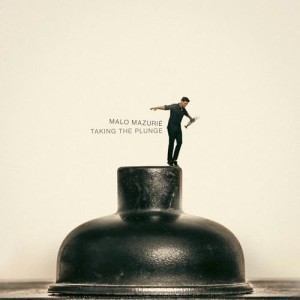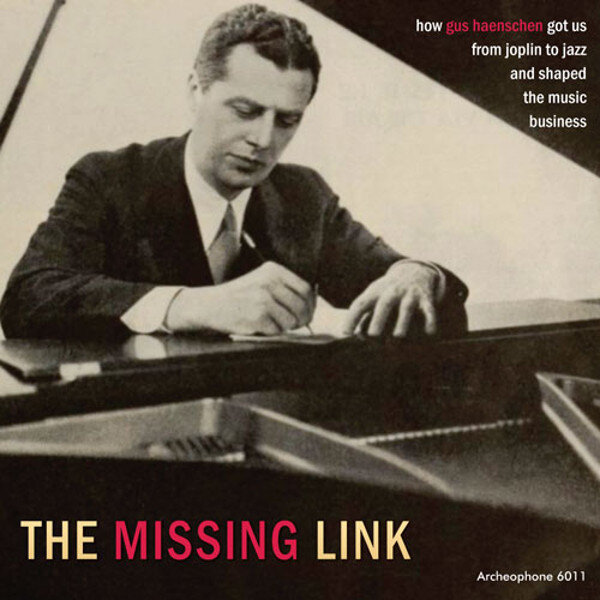 Jazz is powerful word, so powerful that the decade 1919/1929 was held in its grasp, known as the Jazz Age. Yet it has a strange and complicated history. At the beginning of the 20th century New Orleans gave birth to a new and exciting form of syncopated popular music. As early as 1910 the Afro-American form was reaching out to the West Coast and well received.
Jazz is powerful word, so powerful that the decade 1919/1929 was held in its grasp, known as the Jazz Age. Yet it has a strange and complicated history. At the beginning of the 20th century New Orleans gave birth to a new and exciting form of syncopated popular music. As early as 1910 the Afro-American form was reaching out to the West Coast and well received.
It was not until 1915 that it reached Chicago and New York. In Chicago, a group of white New Orleans players performed that year and were received enthusiastically. They were given the title of Jass Band. No one really knows where the word jass/jazz came from and scholars and enthusiasts have been arguing ever since as to its real meaning.
Most authorities agree that the first recordings of jazz music were made in 1917 by the Original Dixieland Jass Band (commonly known as the ODJB). They experienced public acclaim and the word jass or jazz became famous overnight. Since then, other bands and band leaders have made the claim that they were the first to play jazz, and even in New York there was a form of syncopated music that had been evolving and flourished there before 1917. Bands like James Europe’s Society Orchestra and Wilbur Sweatman’s Orchestra had made recordings as early as 1913 and when the name Jazz became popular they adopted it. Sweatman claimed to be its inventor.
Archeophone Records latest album presents us with an intriguing series of recordings made before and after 1917. Most of them were made by the record producer Gus Haenschen, originally from St Louis. Six sides were made in 1916, two featuring a drums and piano duo, in which Haenschen performs on piano, the other four with a larger banjo led group.
This series of sides are important artifacts as they illustrate this style of performance, a style similar to that introduced to Chicago by Californian Bert Kelly. Kelly and Art Hickman had been performing with similar small bands on the West Coast since around 1913. Kelly claimed to have introduced Jazz to Chicago in 1915, with a combination of this kind, at the same time as the first white New Orleans musicians were introducing their music to the city. It is difficult to evaluate Kelly’s story because he left no recordings. However, Haenschen’s 1916 pressings provide us with the opportunity to hear such combinations performing at the time.
In the 1916 performances, the piano first appears to sink into the background dominated by drums and then banjo. With the arrival of the banjo in the third track “Admiration” that instrument takes over the melody line leaving the piano lurking behind the rhythm instruments.
Haenschen claimed to be a disciple of Scott Joplin having had lessons from the master. Accordingly two tracks contain performances of “Maple Leaf Rag”. The first, one of four put down by the banjo band in 1916, suffers from hardly distinguishable passages, but the second, by Herb Wiedoft’s Cinderella Roof Orchestra and supervised by Haenschen in 1925, is clearly audible—an illustration of the development of an early imitator of the ODJB since 1917. Others of these tracks, like “Steppin Out” with Al Jolson and Isham Jones’ Orchestra, demonstrate the common style of white mainstream performance in 1924. What they are not, is examples of the Afro-American music of New Orleans.
Is it jazz? Well, that depends on which school of thinking you adhere to. The early tracks clearly represent music of the early Jazz Age and deserve a place, along with recordings of other banjo dominated groups, like James Europe’s Society Orchestra recording in 1913 and Borbee’s Jass Orchestra, an early adopter of the Jass name in 1917. The later recordings, mostly supervised by Haenschen are demonstrations of how early white jazz developed during the early Jazz Age.
Archeophone is to be congratulated for making this recordings available to the public—a valuable release making unique material available for the first time to jazz enthusiasts.
The Missing Link: How Gus Haenschen Got Us From Joplin to Jazz and Shaped the Music Business, Various Artists; project conceived and annotated by Colin Hancock. Archeophone 6011, archeophone.com
Also See:
Move Over ODJB: Jazz Was First Recorded in 1916, by Colin Hancock
The First Jazz on Disc: Why Haenschen Swings, by David Sager
